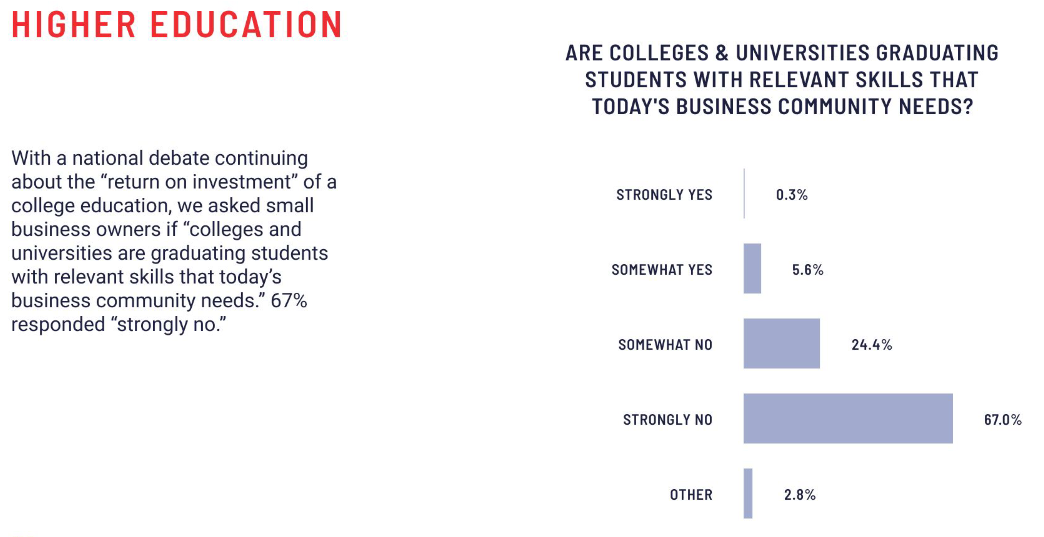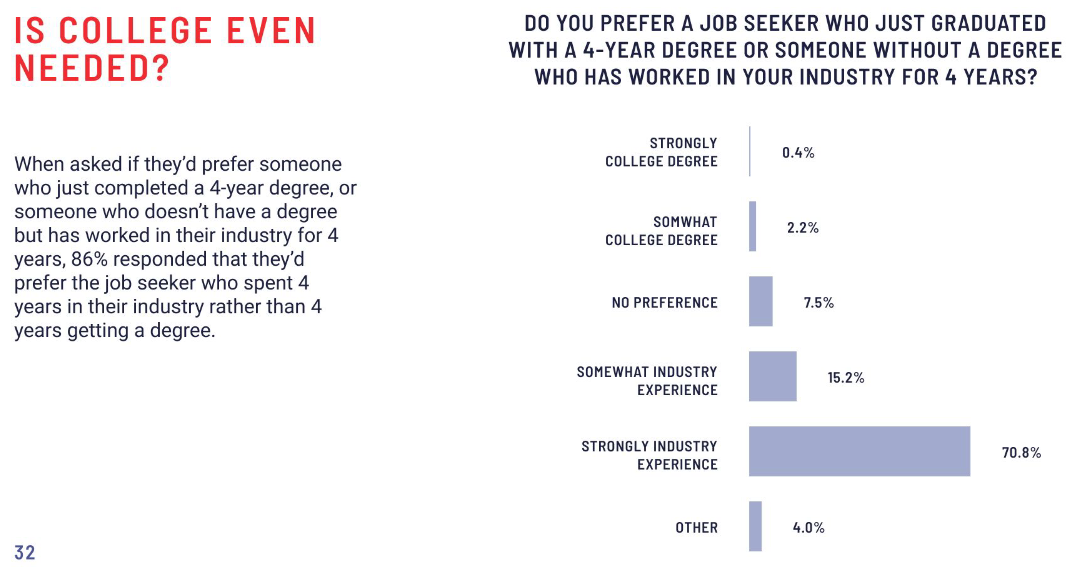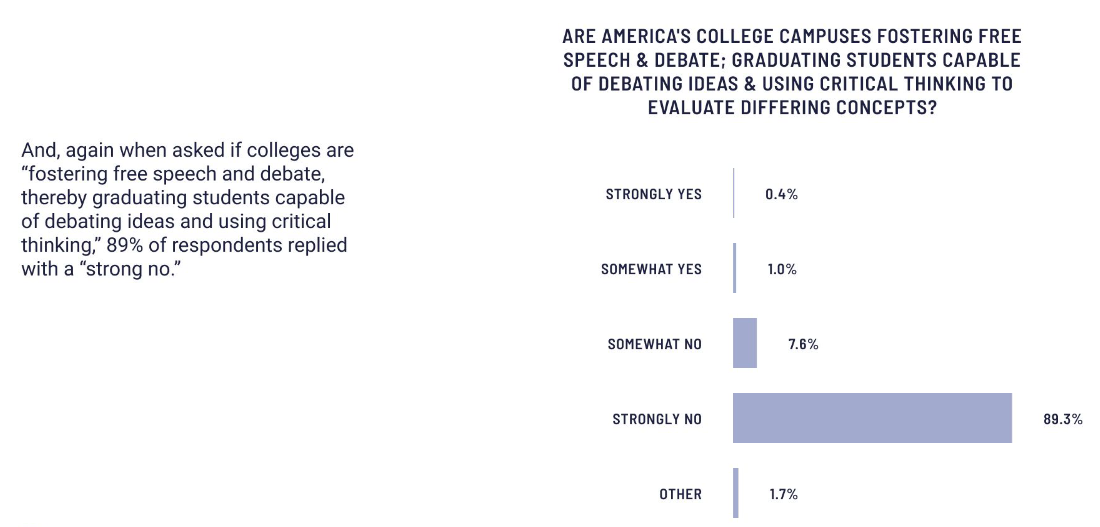The Wall Street Journal is concerned about the IRS exercising its claimed authority to delay implementation of some tax requirements for which Congress had set strict enforcement deadlines. Apart from the question of whether the IRS actually has that authority, the concern centers on how the agency moves might impact revenues for the Federal government.
…the tax agency’s moves frustrate lawmakers’ attempts to raise revenue and plug gaps in tax compliance.
The real question, though, centers on an aspect of Federal revenues about which I’ve written before. This is the claim made in the linked-to article’s headline, and which is repeated in the body of the article:
It Could Cost $8 Billion
And
The Internal Revenue Service has now postponed them [certain rules for tax collections] all for two years—which could cost the Treasury more than $8 billion.
This is risible on its face. Aside from the fact that the Federal government has not established any need for the money, say the dollar value of the claim is accurate. Those $8 billion are the sole property of us taxpaying Americans. It doesn’t cost the Federal government one single copper penny—or copper-plated zinc penny in today’s currency—to not receive what doesn’t belong to it in the first place.
Further, while the IRS’ delays might reduce, in the immediate term, revenues to the Federal government, the delays result in those $8 billion being left in the hands of us taxpayers—who know much better than Government how to spend those dollars, or save them, on our individual needs and wants. That leads to increased activity in our private economy, and that leads, in the mid- to longer-term, to net increases in revenues to Government.
It would lead to even more revenues to Government were the IRS’ delays functionally made permanent by eliminating altogether those tax items for which the IRS is delaying collection. That increase in certainty regarding the reduction in Government confiscation of our dollars in the form of taxes would lead to even greater private economic activity, and so to even more revenue, on net, to Government.




